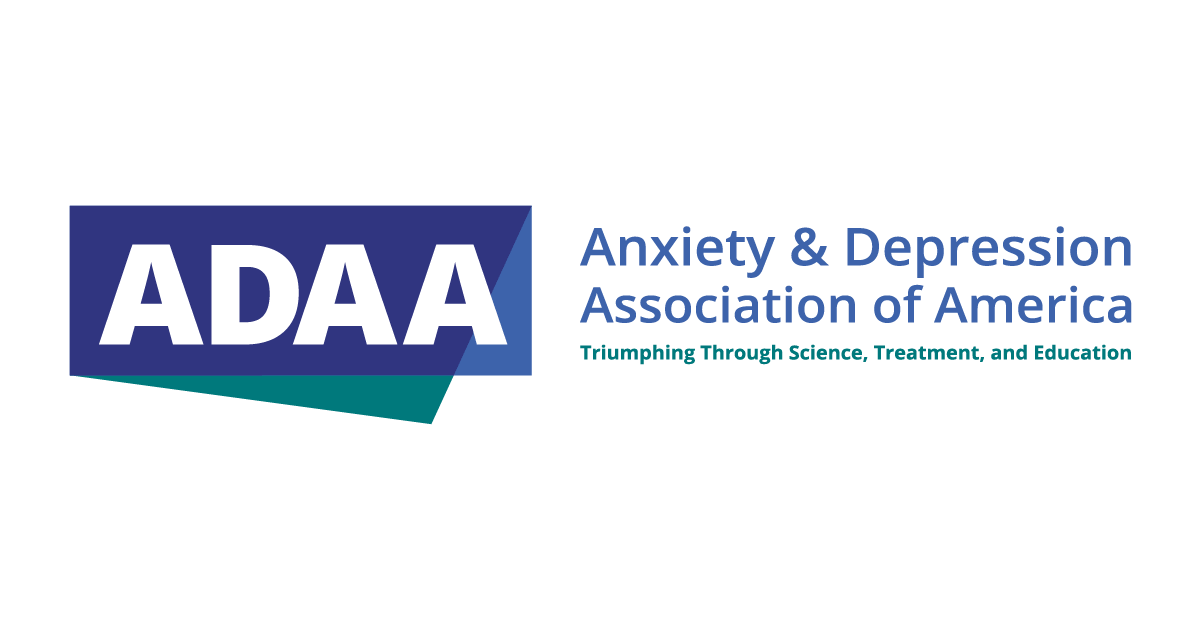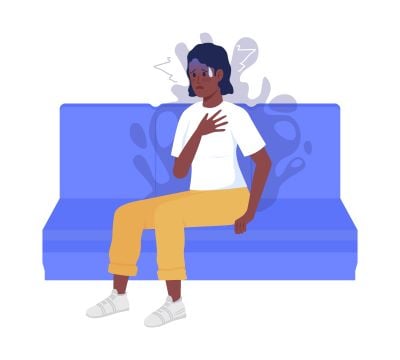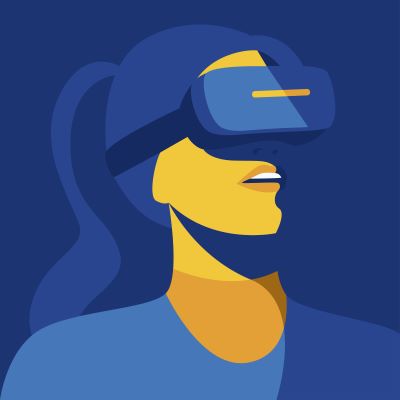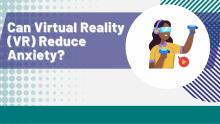Respiratory Training (CGRI) vs Interoceptive Exposure in the Treatment of Transdiagnostic Pathological Anxiety: A Randomized Clinical Trial
1. Clinically elevated anxiety
2. Meets DSM-5 criteria for one or more of the following anxiety or trauma-related disorders as their “primary” mental disorder:
- Generalized Anxiety Disorder
- Panic Disorder
- Health Anxiety
- Agoraphobia
- Social Anxiety Disorder
- Posttraumatic Stress Disorder
- Acute Stress Disorder
- Adjustment Disorder with primary anxious mood
- Anxiety Disorder not otherwise specified
3. No current use of psychotropic medications or stable on current medications for at least 6 weeks
4. Age 18+
5. Able to arrange transportation to our laboratory for study appointments
6. English speaking
1. No history of medical conditions that would contraindicate participation in fear-provocation or respiratory challenges, including:
- Cardiovascular or respiratory disorders
- Uncontrolled high blood pressure
- Epilepsy
- Strokes
- Seizures
- Pregnant or lactating
2. Not currently receiving other psychological treatment for anxiety.
3. No history of a suicide attempt within the past 6 months.
4. No history of psychosis within the past 6 months.
5. No history of moderate to severe alcohol or substance use disorder (with the exception of nicotine) within the past 3 months.
6. Does not endorse COVID-19 symptoms during the screening phase.
Have you been struggling with anxiety symptoms?
The Laboratory for the Study of Anxiety Disorders at the University of Texas at Austin is conducting an intervention study examining how three interventions may be helpful in reducing anxiety symptoms among individuals with anxiety or trauma-related disorders. Participants will be required to come to UT Austin’s campus. Participants who complete all study requirements will be eligible to receive $50 in compensation.











